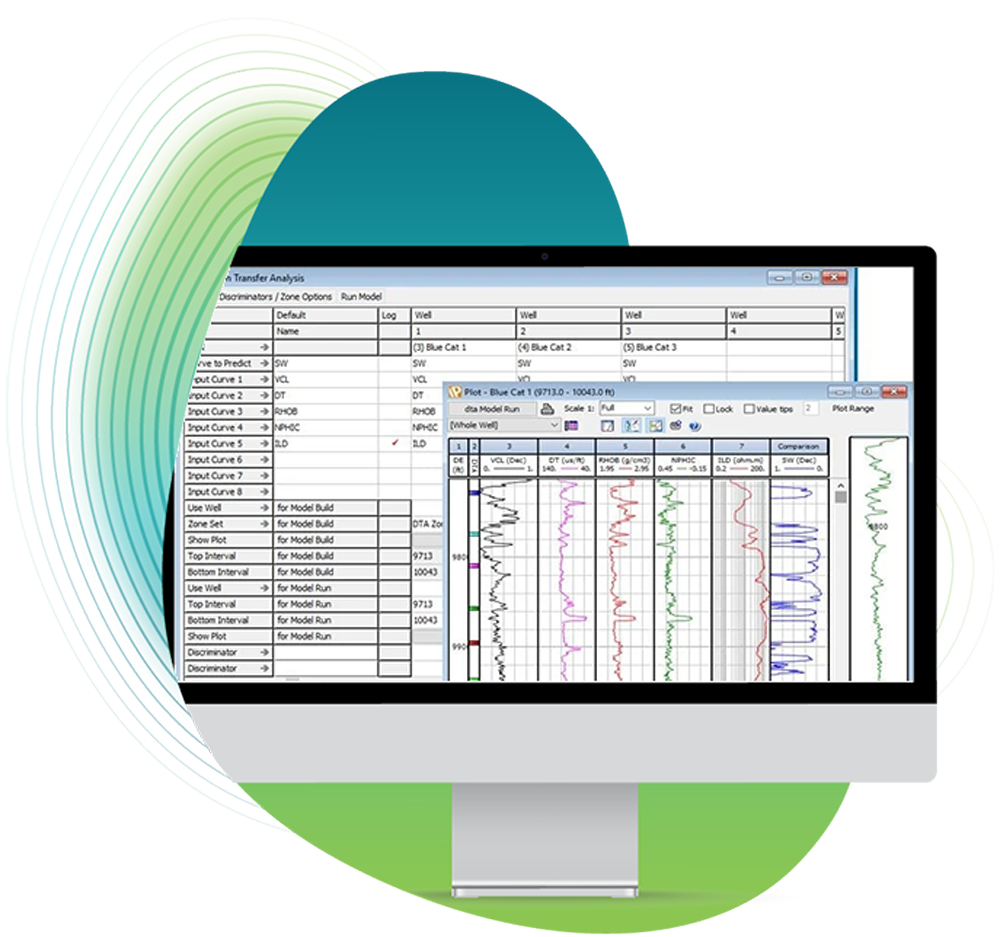IP 2025
What's New in IP 2025

At Geoactive, we are always aiming for excellence. With nearly 30 years of continuous software innovation, our dedication to building the best subsurface analysis tool on the market remains steadfast.
The latest version of Interactive Petrophysics (IP) features significant performance and user experience enhancements, benefiting all users, current and new. Plus, we've introduced two new modules and made various improvements to our most popular existing ones.
IP is now more enhanced, durable, and prepared for the future.
User Experience Improvements
We've added a whole host of new features making everyday tasks easier such as:
New 'Pin' buttons added to Logplots, X-plots and Histograms. When pinned, as users scroll through wells, the plots will automatically refresh to show the current well. This enables users to explore wells while viewing data in a uniform display format.

Grouping for Sets & Wells
Within IP's data browser, users can now group wells together under one parent well name, which is great for bringing main and sidetrack wells together or combining individual Date-Time and Depth datsets under one well name.
Users can also organize several Curve Sets in the Browser into a Curve Set Group, this means data can be displayed by Run, Trip, Pass or any other category the user defines rather than just by curve set name.
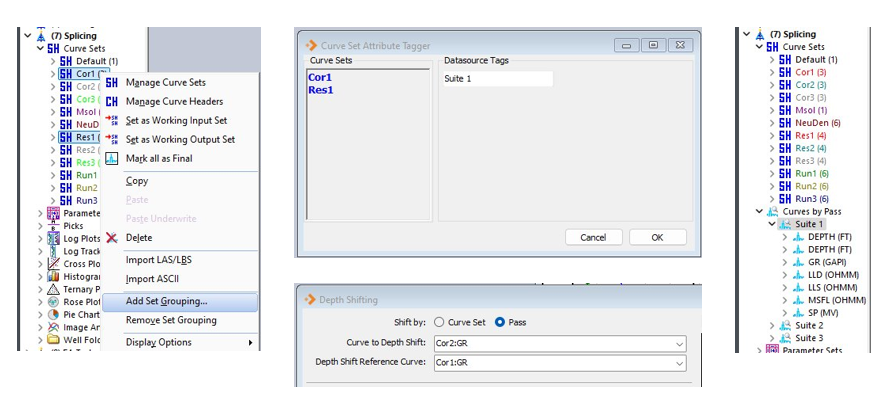
Flag Curve Controls
Flag curves color the track based on the curve's value. Previously, they were only utilized in plots generated by advanced modules, not as an independent plot style.
In IP 2025, users can now independently define the flag colors within a stand-alone logplot, without relying on any module.
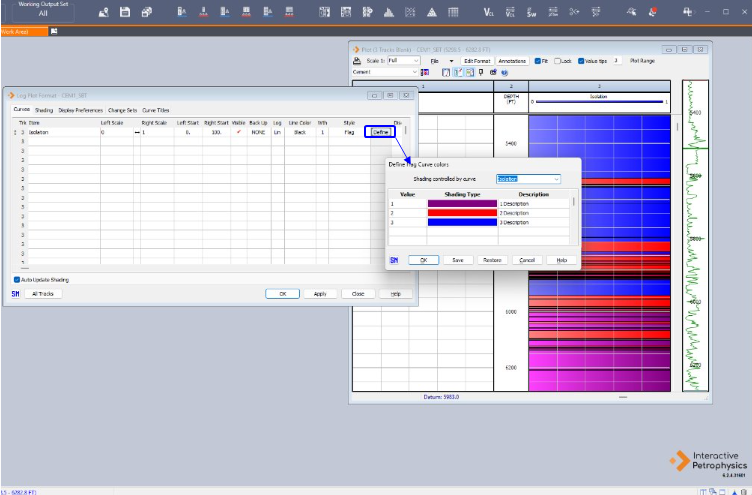
NEW Module - Mapping
Select the new Mapping option from the View menu or launch straight from the 3D Petrophysics and access a whole range of new mapping functionality and features for IP.
Seamlessly incorporate seismic surfaces and faults, effortlessly add GIS shapefiles, create zonal analyses (Bubbles, Analysis Sticks, Terminal Events), query and visualize spatial distribution, and sketch polygons and lines to improve spatial interpretations.
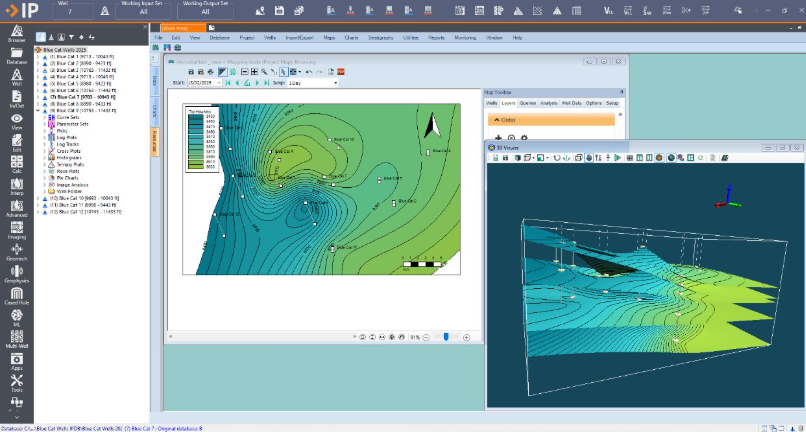
NEW Module - Petrosys Exchange
A new connector that enables users to transfer data between IP and instances of the Open Subsurface Data Universe (OSDU). Allows the copying of well header details, formation tops and log curves in both directions.
But that's not all... Exchange also allows data transfer between IP and a wide variety of third-party Geoscience software packages such as Petrel, Openworks, Petrosys and more.
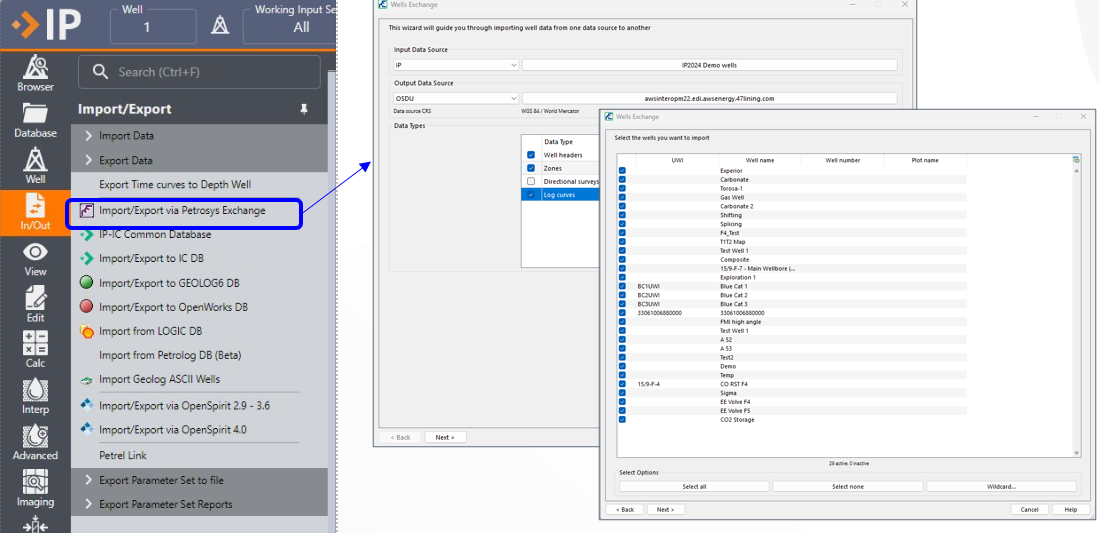
Better Reservoir Characterization
IP’s multi-module workflow for advanced reservoir characterization just got more powerful. We can now evaluate the uncertainty of our results by running Monte Carlo processing on all the modules in the entire workflow including Porosity & Sw, Hydraulic Flow Units, Saturation Height Analysis and Self Organizing Maps. By running 1000’s of iterations of the full workflow each with slightly varying parameters we can calculate P10, P50, P90 and understand the overall uncertainty in the results.
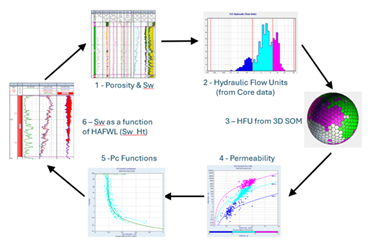
Geomechanics Advances
Our Geomechanics workflows have been further enhanced with the addition of an new Anisotropic Elastic module which calculates Rock Properties from Sonic data.
Outputs are the elastic stiffness matrix, the Thomsen anisotropy parameters, vertical and horizontal Young’s Moduli and Poisson’s Ratios, and their effects on the horizontal stresses.
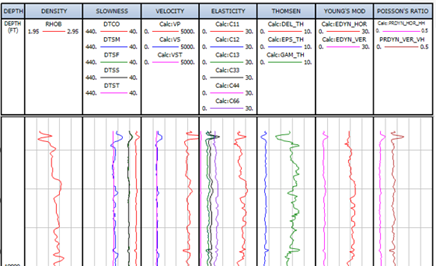
That's just some of the new features in IP 2025.
There are many more upgrades to existing modules as well, including Image Analysis, Mud Gas Analysis, Experienced Eye, Mineral Solver and much, much more.
To find out more, contact our Sales Team on salesenquiries@geoactive.com and follow us on LinkedIn to keep up to date with all our latest news.
Explore IP
From porosity and pore pressure to reservoir productivity, IP gives you an incredibly capable and customizable solution to share and interpret well logs and many other vital data types.
Toolkits
IP Foundation
Contains all the tools and modules required for the complete management of subsurface log data including loading, log plots, x-plots, histograms, editing, filtering, depth shifting, exporting etc. Carry out the full, deterministic, petrophysical workflow – Includes Clay Volume, Porosity/Water Saturation, Cut-Off and Summations modules plus NMR Interpretation. Also includes Monte Carlo Analysis for uncertainty analysis, Chrono Log, IP Power Tools and the ability to create you own IP applications.
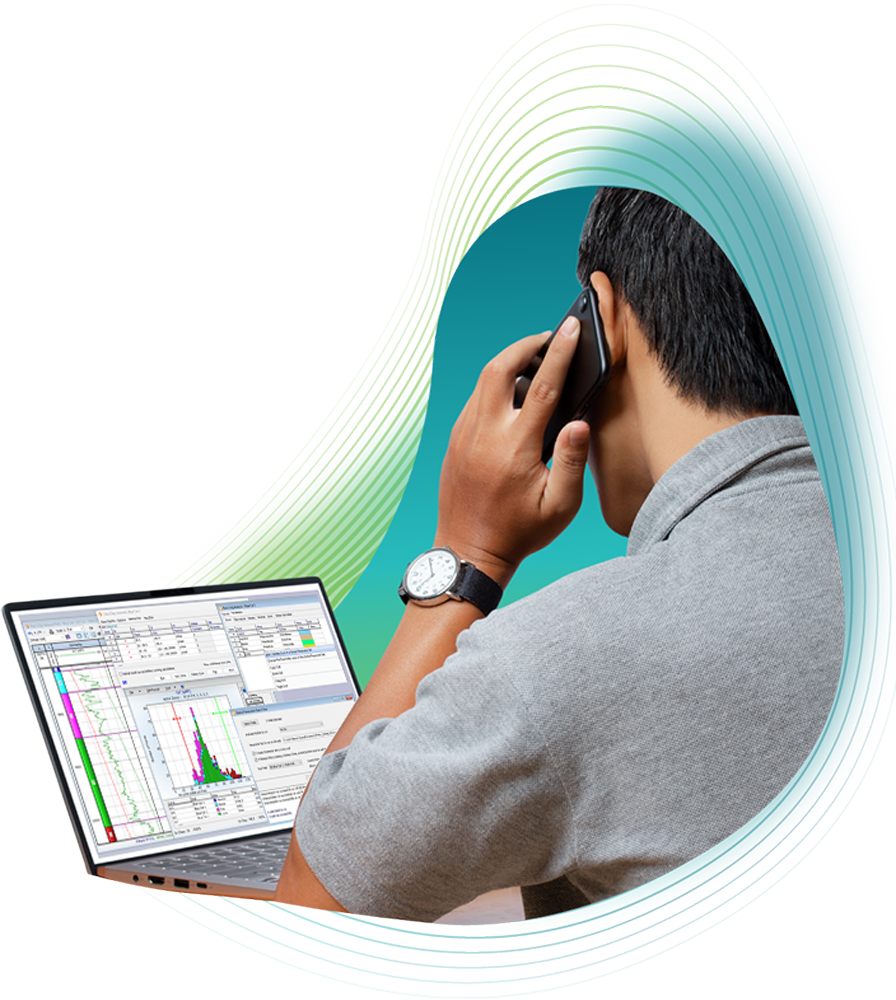
Advanced Formation Evaluation
Carry out complex interpretations with Mineral Solver, and characterize your reservoir with Saturation Height Modeling, Hydraulic Flow Units, and Formation Testing modules.
Learn More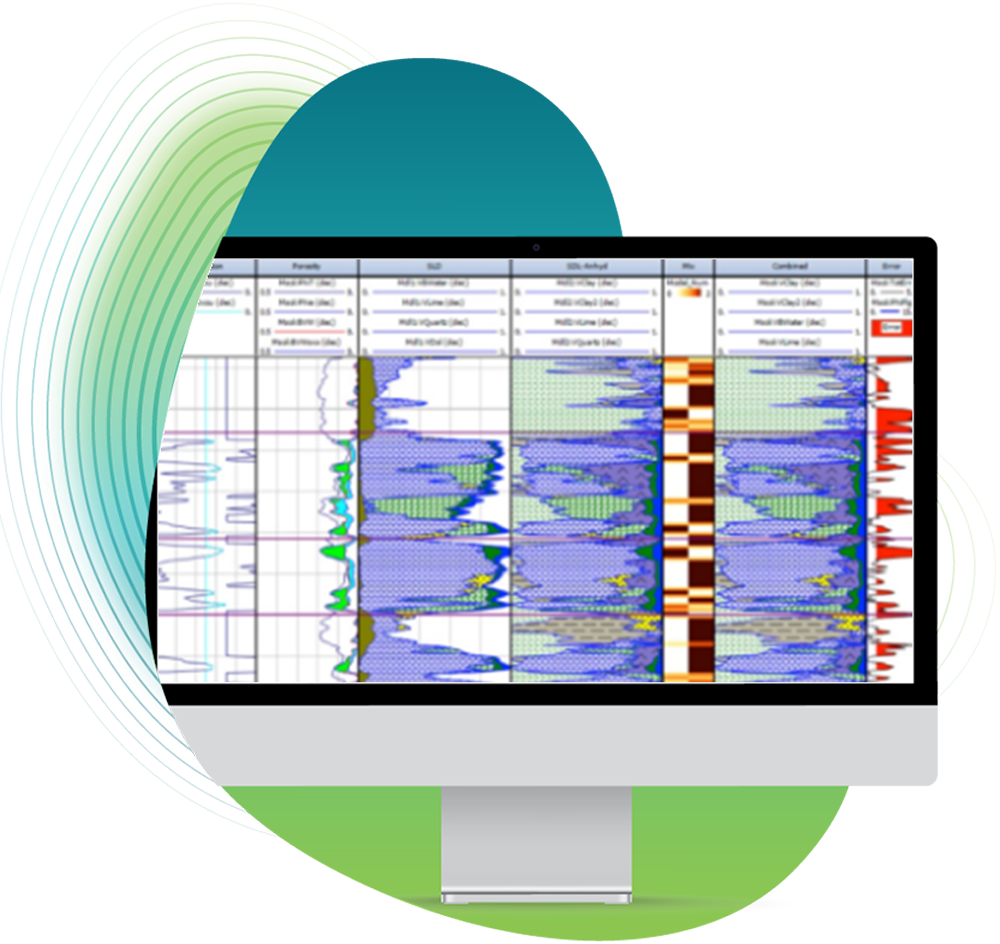
Borehole Imaging
Perform enhancements and corrections to Image Log data, utilize the vast amount of display and interpretation options specifically tailored for all the main image log tool types on the market.
Learn More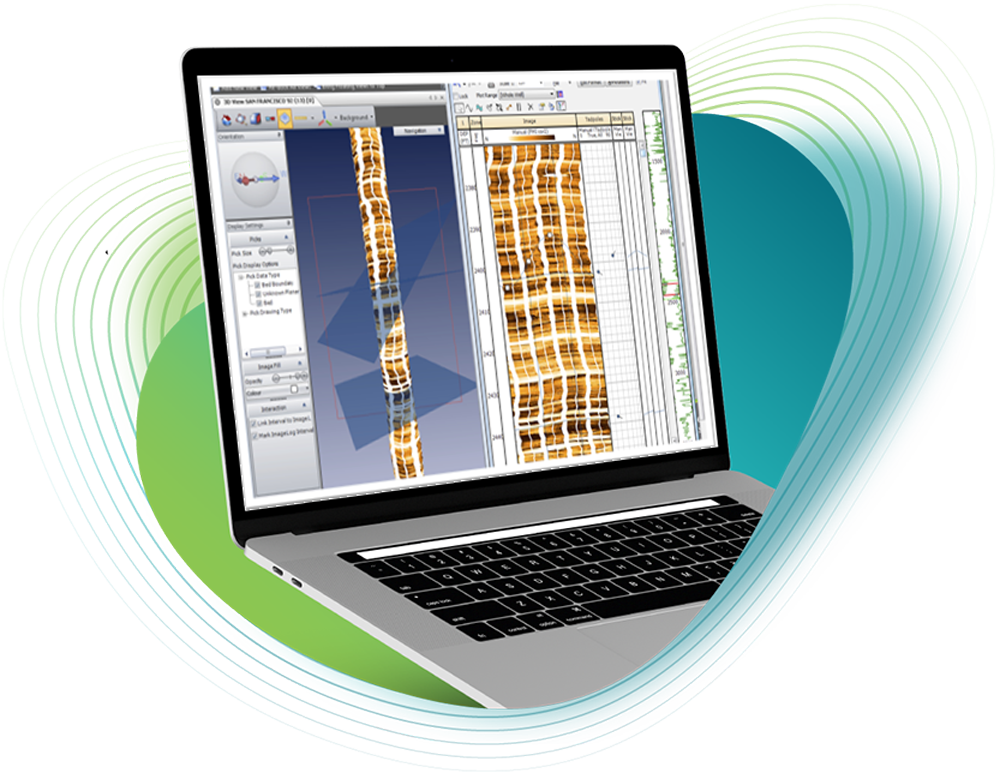
Cased Hole
Assess the downhole integrity of your wells with the casing and cement evaluation modules, while also monitoring reservoir fluid saturations and the production performance of each well.
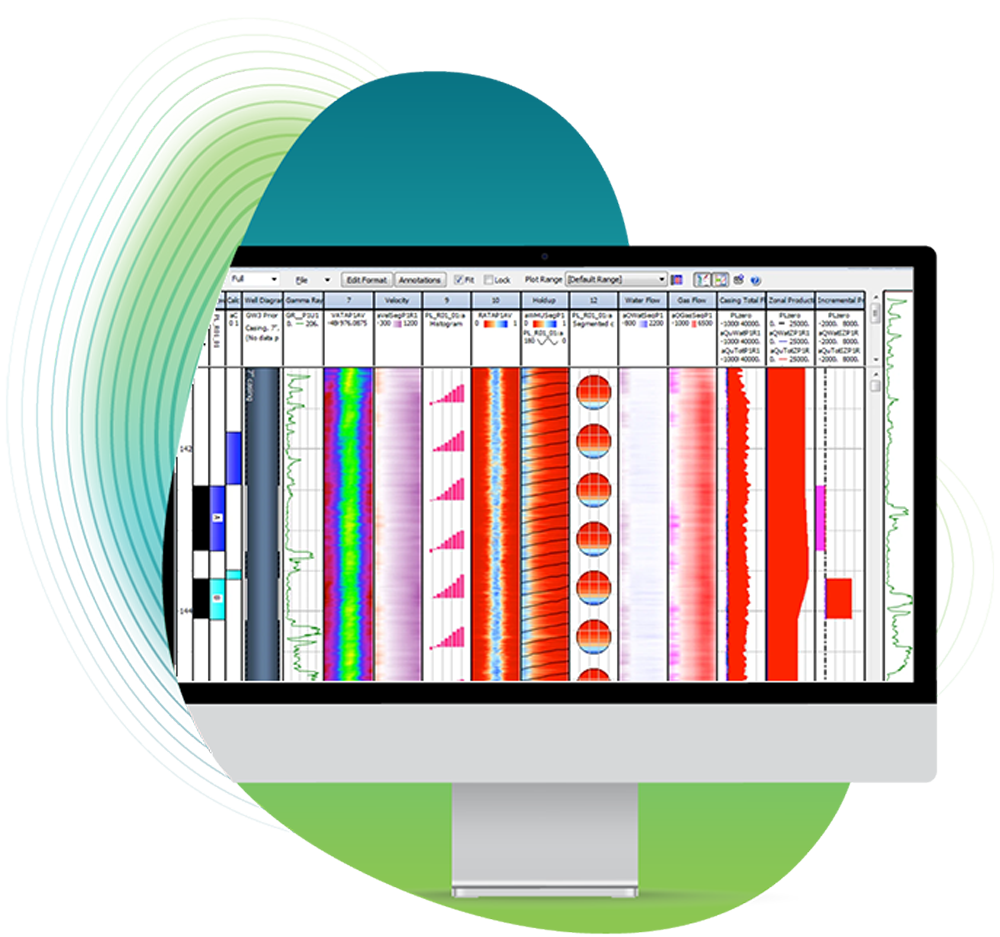
Geomechanics
Assure your well’s stability and maximize production lifetime using our suite of Geomechanics modules. Calculate pore pressures, determine wellbore stability and calculate risk of sand production.
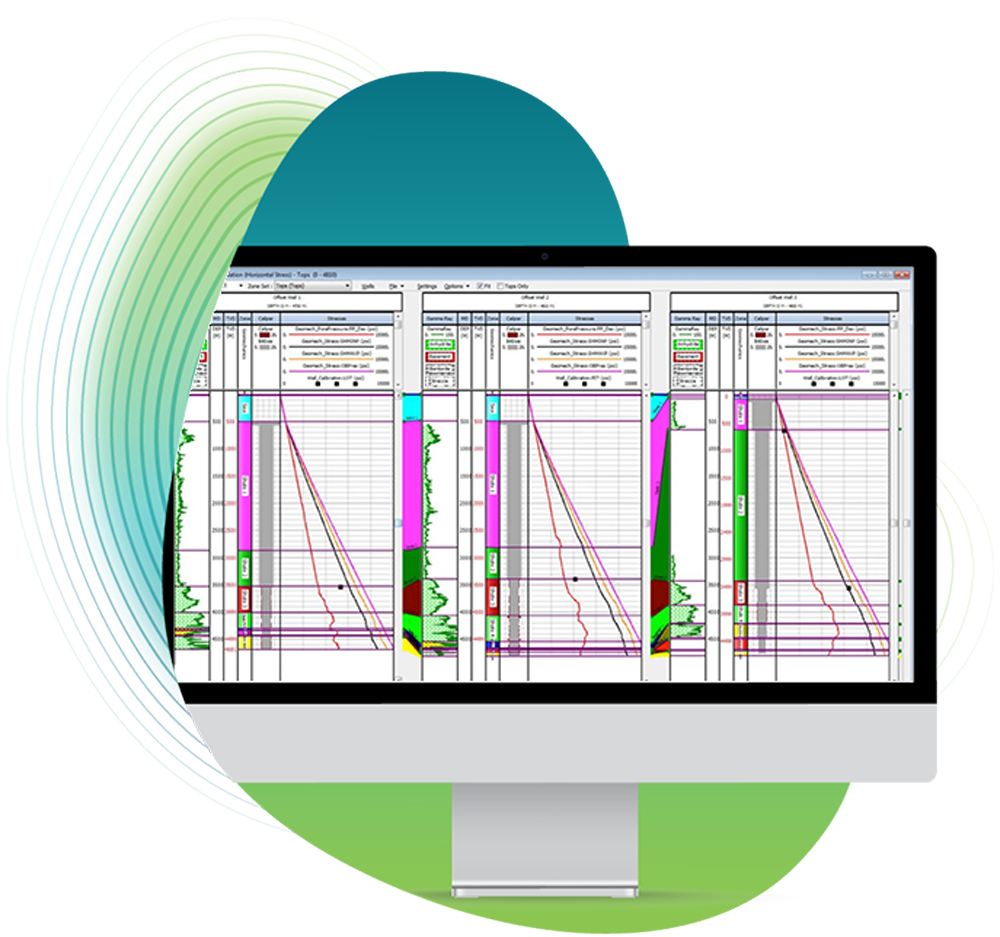
Geophysics
Bring your Petrophysics and Geophysics teams together to calculate the downhole acoustic properties of the formation, carry out fluid substitution analysis and create synthetic seismograms.
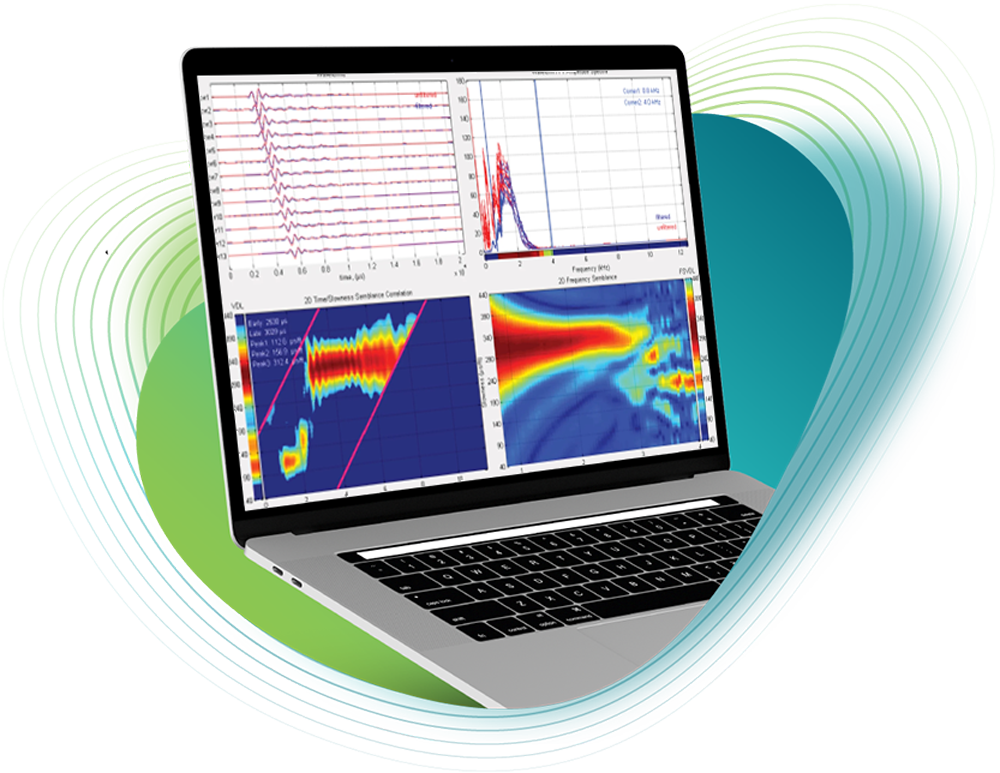
Machine Learning
Carry out data repair, prediction of missing curves, or key reservoir properties using minimal source data. Classify reservoir rock types using Self Organizing Maps and Cluster Analysis.
